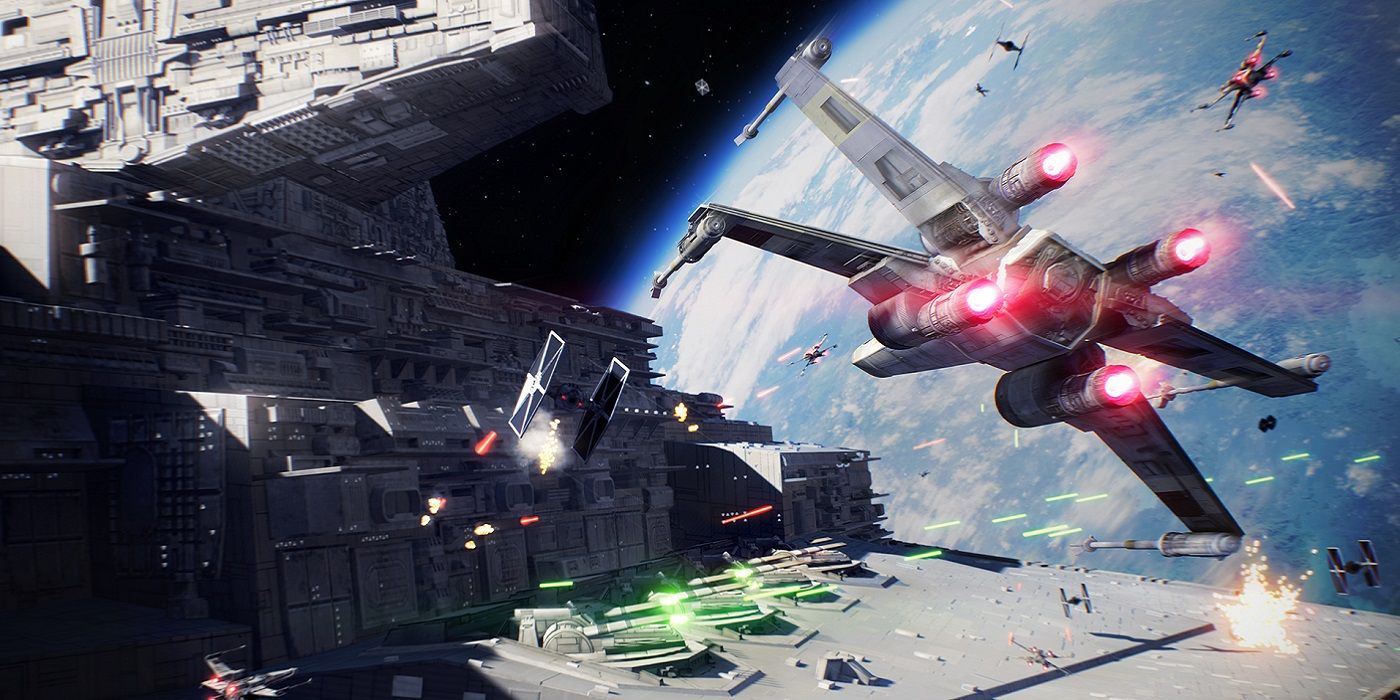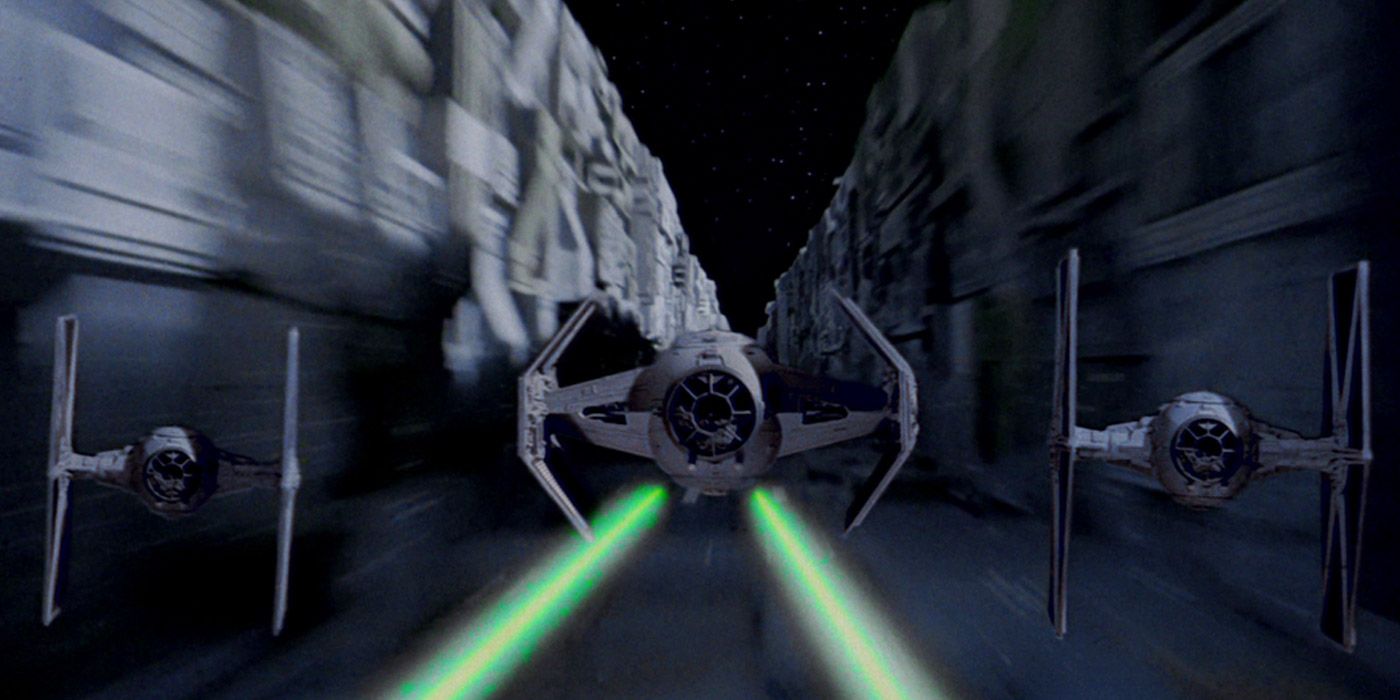There is a very clear reason many refer to Star Wars as space fantasy rather than actual science fiction, and a lot of that has to do with the fact that science isn't one of the strong points of the Star Wars universe. Sure, TIE fighters and other Star Wars spacecraft look cool onscreen, but a new simulation proves just how useless they would be in the real world.
It's no secret that the spacecraft seen in Star Wars movies were not inspired by realistic spacecraft. Instead, George Lucas found inspiration in the dogfighting planes of World War II. The rest he created from his own fantasy, so the spacecraft seen in Star Wars don't exactly work the way that real vehicles operate in space. Lucas even specifically focused on creating his own version of dogfighting sequences he saw in movies based on famous World War II battles. The spacecraft were not designed with space aerodynamics in mind. Instead, they are all part of a unique vision that brought Lucas' space fantasy to the screen.
Related: 12 Times Star Wars Failed At Basic Science
YouTuber EC Henry decided to put Star Wars vehicles to the test, though, at least as far as aerodynamics goes. He used 3D models of some of the most recognized ships in the Star Wars universe and put them in a simulation using a program called Flow Design. The simulation tested each vehicle's drag coefficient, the number that represents how much drag or resistance an object has in a fluid environment, in this case air and space. He then compared the Star Wars ships' drag coefficients to real life examples, including a actual fighter jets. The results were surprising in that the Star Wars vehicles were incredibly less aerodynamic than anyone would have ever guessed.
Popular Science wrote about his results:
"Star Wars fighters on average have a drag coefficient somewhere around that of a flying sphere, which is to say: not great. The original X-Wing's drag coefficient is .45 to a sphere's .47. The T-70 from the current trilogy fares a bit better, with a coefficient of .24, a pretty significant improvement."
So which Star Wars vehicle fared the worse? The TIE Fighter has a coefficient of .98, which is about the result of trying to fly a gigantic brick through space.
However, Star Wars fans won't find themselves too upset about these results, because they already understand that this isn't a series based in science. Badly designed ships in dogfights and "pew pew" laser guns are part of what makes Star Wars so much fun.
More: George Lucas Says "Fans Would Have Hated" His Star Wars Sequels
Source: EC Henry



